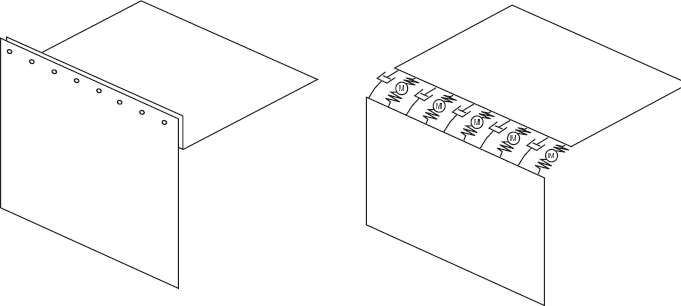Mid-Frequency Vibration Analysis of structures with stochastic interfaces: Application to touch-screen
Today, the main numerical modeling techniques for the analysis of medium-frequency vibrations are most commonly based on finite element (FEM) or boundary element (BEM) approaches. In order to represent small-wavelength phenomena in complex structures (such as car chassis, satellites or ships), these techniques require a huge number of degrees of freedom to represent oscillating solutions properly.
In addition, the solutions obtained are highly sensitive to the material properties and boundary conditions. Moreover, damping is often localized at the structural connections ; its measurement is very difficult and very error-prone. In order to obtain the stochastic response of the structure, one must carry out a large number of costly computations. The use of high-frequency approaches, such as Statistical Energy Analysis (SEA) or any of its improvements, appears unsuitable for medium-frequency vibrations: the vibrational behavior becomes too global and, in general, the coupling loss factor cannot be calculated in a predictive way. Efficient techniques are proposed to obtain effective quantities when dealing with complex structures involving stochastic parameters, such as interface parameters.
The application presented here concerns a new kind of touch screen. Based on the recognition of vibrational waves generated by the user touch, this system is able to detect impact position in a very accurate way without the classical drawbacks of resistive or capacitive technologies.
In order to isolate the screen from parasite noise, the glass plate has its four edges sealed between two viscoelastic joints in a screen frame. The goal is to model and understand the influence of the joint properties in the screen dynamic signature. The two-joint set has been classically modelised by a lineic spring with complex translational and rotational stiffness coefficients taken as random variables in a probability framework.
Identification tests are carried out on several specimens, leading to probabilistic models in order to take into account the variability of the observed parameters (e.g. localized damping). In order to measure the touch screen medium-frequency vibrational behavior as a function of the joints compression ratio, a dedicated experimental setup is provided.
Quantities of interest like confidence intervals of the output random variable have also been established as functions of the input random variables and compared to experimental measures.


In collaboration with P.Rouch, Professor at ENSAM-ParisTech, France
